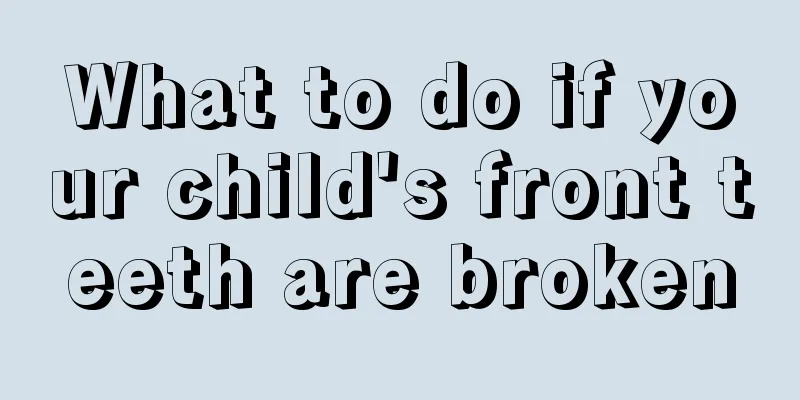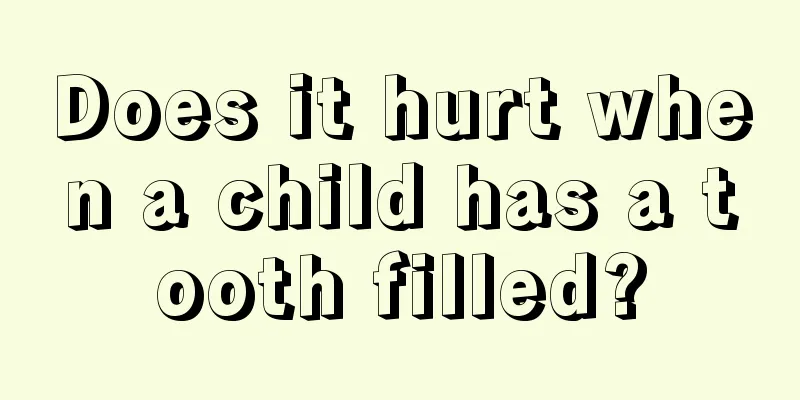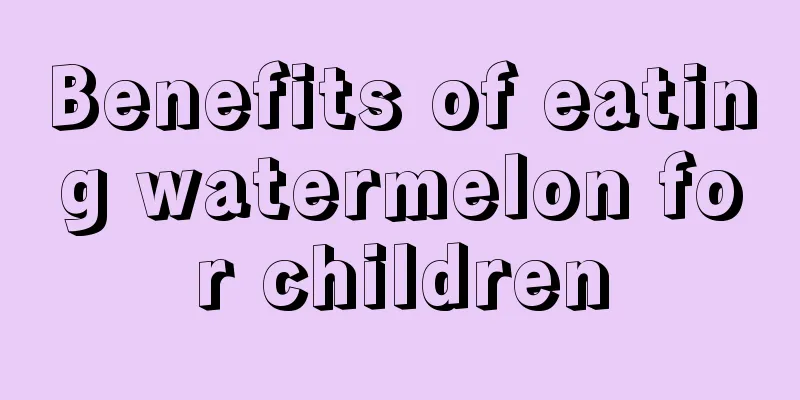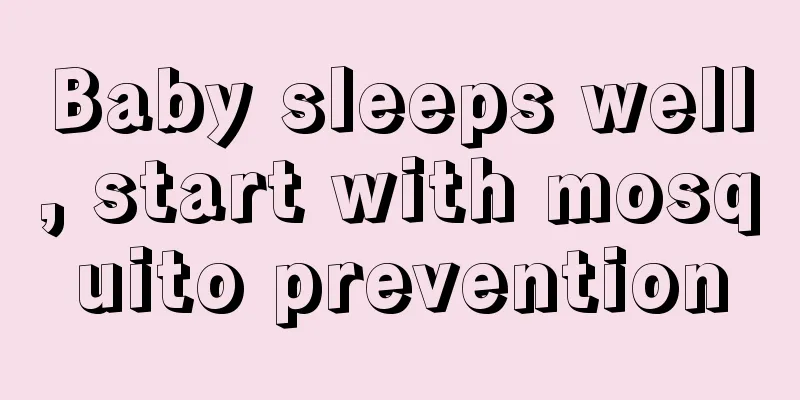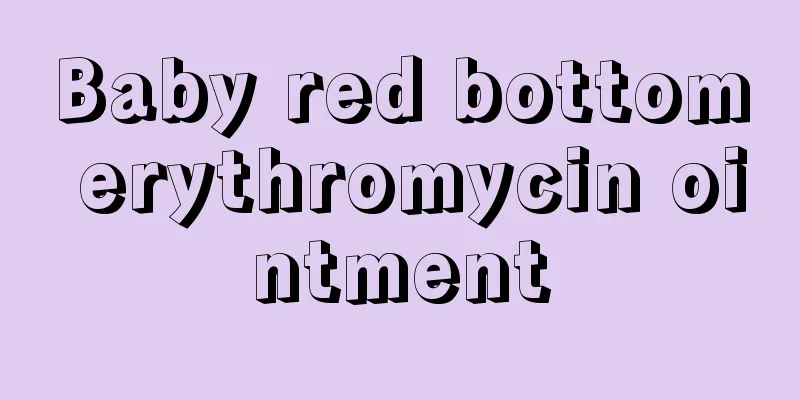What to do if a child has a burn

|
Burns are a common phenomenon in our lives, and many children will cry when they are burned. In fact, the principles of burns and scalds are basically similar, and both will damage the surface of our skin. Burns are divided into mild, moderate and severe burns. If it is a mild burn, you can use some cold water or ice compresses. So what should children do with burns? If a child is scalded, rinse with cold water first After a child is scalded, parents should quickly take the child away from the heat source. Experts point out that you should place the burned area under the faucet and rinse it continuously with cold water, or soak the burned area in a basin of cold water (not lower than 5°C to avoid frostbite) for 30 minutes. This can quickly and thoroughly dissipate heat from the injured area, cause the skin blood vessels to contract, reduce exudation and edema, relieve pain, reduce blister formation, and prevent scars from forming on the wound. If the burned area is covered by clothing, soak the burned area in water first, cut the clothing with scissors and then remove the clothing. After rinsing or soaking, use iodine to disinfect the wound, and then apply burn ointment. Do not apply colored liquids such as mercurochrome and gentian violet to the wound, so as not to affect the doctor's judgment of the degree of burns. Do not apply alkaline powder, soy sauce, toothpaste, etc. These things not only have no therapeutic effect, but will cause infection of the wound. Seek medical attention immediately in these situations: 1. If a child's burns exceed 5% of the total body surface area (the area of a child's palm when five fingers are put together is 1%), after correct early first aid treatment, he or she should go to a regular hospital for treatment as soon as possible to avoid delay. 2. If blisters, pain, whitening or blackening of the skin occur at the burned site and the person loses the pain sensation, the patient should be sent to the hospital immediately for treatment. At the same time, during transportation, the wound should be covered with a clean cloth, avoid using cotton-wool or sticky cloth, and be careful not to break the blisters to prevent infection. 3. For serious burns, especially those on the head, face, neck, genitals, etc., the baby should be sent to the hospital for treatment as soon as possible because they may cause shock at any time. |
<<: What is missing when children are active?
>>: Symptoms of mania in children
Recommend
Chickenpox symptoms and treatment in children
In fact, chickenpox may occur all year round, esp...
How to treat ADHD?
In today's society, ADHD is a common disease,...
Reasons for peeling skin on baby's face
It is the wish of many parents that every baby ca...
What are the symptoms of baby poisoning?
I believe many people know that due to physical d...
What to do if baby eczema keeps coming back
For parents, the most important thing is their ba...
Bone protrusion on the outside of the child's knee
When a child has a bone protrusion on the outside...
How to treat children's teeth grinding?
Teeth grinding is a common symptom in children wh...
Why is there blue around baby's lips?
Is the blue area around the baby's lips due t...
Symptoms of ventricular septal defect in infants
Babies are the treasures of their parents. Ventri...
What are the symptoms of internal heat in children?
From a clinical perspective, the most obvious sym...
What should I do if my child’s hand is dislocated? Introducing the correct solution
If a child's hand is dislocated, it will defi...
What are the signs of meningitis in children?
Many families now have only one child. Because ch...
Summary of massage techniques for treating fever in children
Fever in children is a relatively common phenomen...
What should I do if my baby hasn't had a bowel movement for two days?
The baby's physical health is what parents ca...
When is the peak period for hand, foot and mouth disease? Experts will tell you
As an infectious disease, hand, foot and mouth di...

